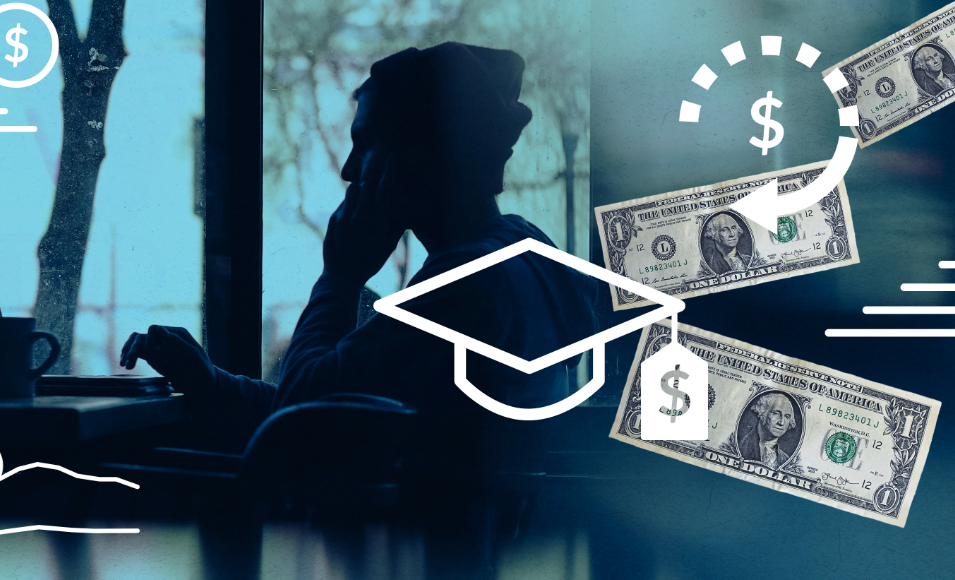In a groundbreaking move to address the financial burdens on students who have been allegedly deceived or misled, the Biden administration recently announced the cancellation of $130 million in student loan debt. This article explores the motivations behind this decision and its implications for affected borrowers.
Background on Student Loan Cancellation: Introduce the context surrounding the cancellation, providing details on the specific circumstances that led to the decision. Emphasize the administration’s commitment to rectifying injustices faced by students who feel they were taken advantage of.
Identifying ‘Ripped Off’ Students: Discuss how the administration identifies and categorizes students who have been ‘ripped off’ by educational institutions or loan providers. Highlight the criteria used to determine eligibility for debt cancellation.
Legal and Ethical Considerations: Delve into the legal and ethical aspects of the decision, examining the framework that allows the government to intervene in cases where students may have been victims of deceptive practices. Address any potential controversies or challenges associated with this approach.
Affected Borrowers and Their Stories: Share stories of affected borrowers, providing a human perspective on the struggles they faced and the relief they now experience with the debt cancellation. Personal narratives can help readers connect emotionally with the issue.
Biden Administration’s Policy Framework: Explore the broader policy framework of the Biden administration regarding student loans. Discuss how this specific debt cancellation aligns with their overall strategy to address the challenges faced by borrowers.
Financial Impact on Borrowers: Analyze the financial implications of the debt cancellation on individual borrowers. Consider how this move might alleviate financial stress, improve credit scores, and provide opportunities for affected students to pursue their financial goals.
Potential Ripple Effects in Higher Education: Examine the potential ripple effects within the higher education landscape. Discuss how this move may encourage increased scrutiny and accountability in the industry, prompting institutions to prioritize transparency and ethical practices.
Public Response and Criticisms: Present an overview of the public response to the debt cancellation, including both supportive reactions and criticisms. Analyze the arguments made by those who oppose such interventions and the counterarguments presented by supporters.
Future Policy Implications: Conclude by exploring the potential future policy implications of this debt cancellation. Consider how it might influence the administration’s approach to addressing student loan issues and the broader conversation about higher education reform.
The Biden administration’s decision to cancel $130 million in student loan debt for ‘ripped off’ students reflects a commitment to rectifying injustices within the education system. As the nation grapples with the complexities of student debt, this move sets a precedent for addressing systemic issues and striving for a fair and just educational landscape.


